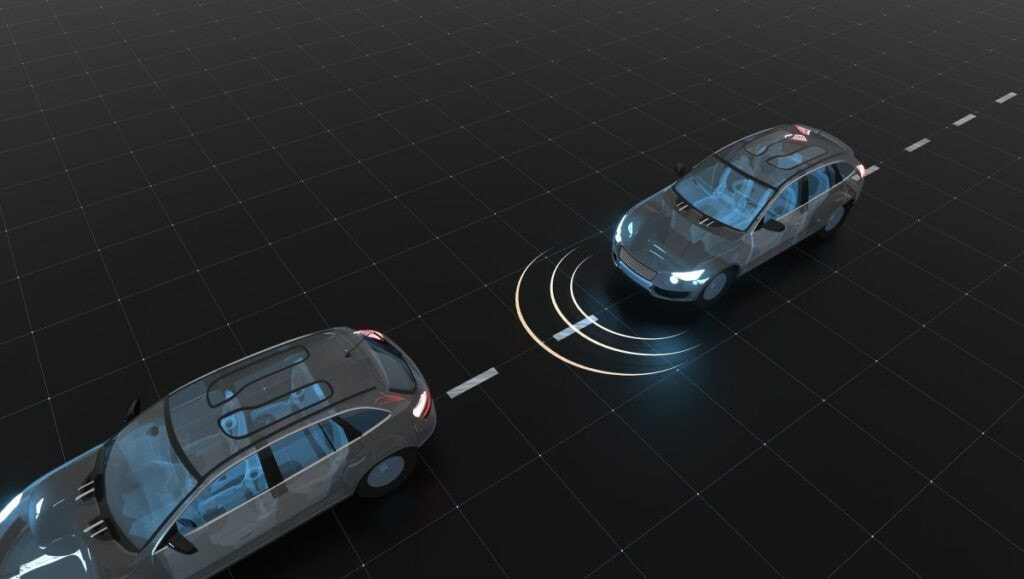
Dejan Milutinovic, professor of electrical and computer engineering at UC Santa Cruz, uses game theory to help driverless vehicles navigate the complexities of the road. Differential games, a subset of game theory, are used to model situations in which a faster pursuer attempts to catch a slower evader. One of these games is the wall pursuit game, a model for a situation in which an evader is confined to a wall and a pursuer attempts to catch them. This game is used to help researchers understand how driverless vehicles can navigate the complexities of the road. Professor Milutinovic’s research is helping to develop autonomous vehicles that can safely and efficiently navigate the roads. His work is paving the way for a future of driverless vehicles that can make decisions based on game theory.
This new paper published in the journal IEEE Transactions on Automatic Control by Milutinovic and his colleagues has solved a long-standing dilemma in the field of differential games: the wall pursuit game. The paper introduces a new method of analysis that proves there is always a deterministic solution to the wall pursuit game. This discovery has the potential to revolutionize the field of differential games, and can be used to improve autonomous systems such as driverless vehicles. The paper’s findings could have a major impact on the development of autonomous systems, and could lead to more efficient and effective solutions for a variety of challenges.
Game theory is a mathematical tool used to analyze behavior in various fields, such as economics, political science, computer science and engineering. The Nash equilibrium is a concept introduced by mathematician John Nash which defines optimal strategies for all players in a game. This concept applies to the wall pursuit game, where two players, the pursuer and evader, must find the best strategy to finish the game. However, a singular surface exists between the pursuer and evader for which the classical analysis fails to yield the game optimal strategies. Recent research has provided a solution to this problem, allowing for the determination of optimal strategies for all players in the wall pursuit game.
In a study published in Nature Communications, researchers from the University of California, Berkeley, and the University of Belgrade have challenged the traditional notion that a singular surface is the best strategy for an evader in a game of pursuit-evasion. The researchers suggest that a more complex strategy, such as a combination of multiple surfaces, may be more effective in pursuit-evasion games. This strategy would force the pursuer to go to a surface where they don’t know how to act optimally, giving the evader an advantage. The researchers believe that this strategy could lead to more successful outcomes in pursuit-evasion games.
Milutinovic and his coauthors developed a new approach to the wall pursuit game, a mathematical concept used to reason about optimal control and game theory problems. By using the viscosity solution of the Hamilton-Jacobi-Isaacs equation and introducing a rate of loss analysis, they were able to determine a game optimal solution in all circumstances. This new approach, which was not available until the 1980s, is now widely used to solve optimal control and game theory problems. It provides a reliable and efficient way to find the best solution for any given game situation.
Viscosity solutions are a practical approach to solving game theory problems, such as the wall-pursuit game. In this game, players randomly choose one of the possible actions and accept the losses that come with it. Viscosity solutions provide a way to find the optimal solution, allowing players to minimize their losses. This approach uses mathematical equations to calculate the best action for each player, taking into account the losses associated with each action. Viscosity solutions are a useful tool for game theory problems, providing a practical way to find the best solution.
This research provides a useful tool for players to minimize their losses in games with singular surfaces. By analyzing the viscosity solution of the Hamilton-Jacobi-Isaacs equation around singular surfaces, the authors found that when each actor minimizes their rate of losses, there are well-defined game strategies for their actions on the singular surface. These strategies are in agreement with the game optimal actions in every possible state, providing players with a way to minimize their losses in a variety of game scenarios.
This new paper from the University of Belgrade introduces a novel method for solving game theory problems with singular surfaces. The rate of loss analysis augments the classical theory of game theory and can be applied to any game theory problem with a singular surface. The researchers found that the game optimal actions from the classical analysis are not impacted by the rate of loss analysis. This new method could be a fundamental contribution to game theory and could help solve a variety of game theory problems. The paper is an open call to the research community to explore how the rate of loss analysis can be applied to other dilemmas.



